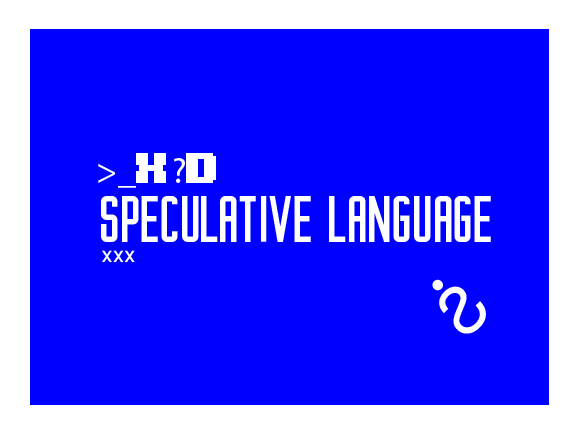Experiential Futures
The first thing I notice is the shift: shift in verbiage.. shift in explanation and literature from this week’s theme: speculative design, to the previous themes – disability, hacking, and processing. It’s not that I think speculative futures is any less credible than any other realm in design; instead, I was perhaps taken aback by how heavily research-driven the papers are. But thinking back to it again, this, of course, makes sense in academia.
In Ollenburgs’ “A Futures-Design-Process Model for Participatory Futures, in Design and Futures,” she lays out a theoretical basis to speculative futures. She crafts the FDP (Futures Design Process) model which builds upon preexisting frameworks to incorporate human-centered practices in an address of reproducible design future workshops.
It’s not as if speculative design as a process has crawled out of the woodwork. Ollenburg, for example, mentions previous works from Robert Jungk & Nortbert Mullert’s Future Workshop and Joseph Voros’ “Generic Foresight Framework” to name a few. What then determines how we frame these practices? I wonder if it’s the abstractness of the concept – that we can’t concretely define the future that has to lead us to the kind of terminology used to discuss it. It reveals the power of definitions within our literature; speculative design has specific connotations and researchers have come to the conclusion that solely predicting futures is limited. Instead, it requires a touch of human-centered design and an element of tangibility, that turns speculation to a possible reality.
What about the term ‘speculative’ as a subject matter requires it to be dissected in this academic manner? What would the merits be to leaving language vague and the possibility of futuristic design without reproducibility? Or does that subvert the subject matter as a whole? Does this have something to do with the fact that the future is so uncertain, that we must ascribe concrete and certain definitions to it?
Hagborg
I’m fascinated with Hagborg’s design process – that she carefully articulates and crafts research questions from the forefront and lets her experiments guide further research. From crafting human faces from stray hairs to reproducing different renditions of Chelsea Manning, Hagborg has established this sweet spot of a marriage between science and art.
What’s surprising to me is how people view her work. People don’t consider how “real” her work is, despite how everything is scientifically conducted by Hagborg – every cell culture, strand of DNA is carefully nurtured in a lab and teased out in her artistic vision.
This also brings to light a question that Hagborg has mentioned herself. Why is it that people are inclined to believe a company over an artist? Does everything created by an artist somehow imply that it is less real? And if so, how might we work to subvert those expectations? What practices can we enact to create a reality where everyone’s work is treated as real: not less credible than the other?
She’s also described how people never seem to take into consideration how real her work is. What people don’t know is that she’s done the work with science and carefully measured the stuff. That leads me to a question that Hagborg herself has raised:
In terms of credibility, why is it that people are inclined to believe a company over an artist? Does it mean that it’s less real? And if so, how do we work to subvert those expectations? What practices can we enact to create a reality where everyone’s work is treated as real, not least credible than the other?
Resources:
Stefanie A. Ollenburg, “A Futures-Design-Process Model for Participatory Futures, in Design and Futures,”

